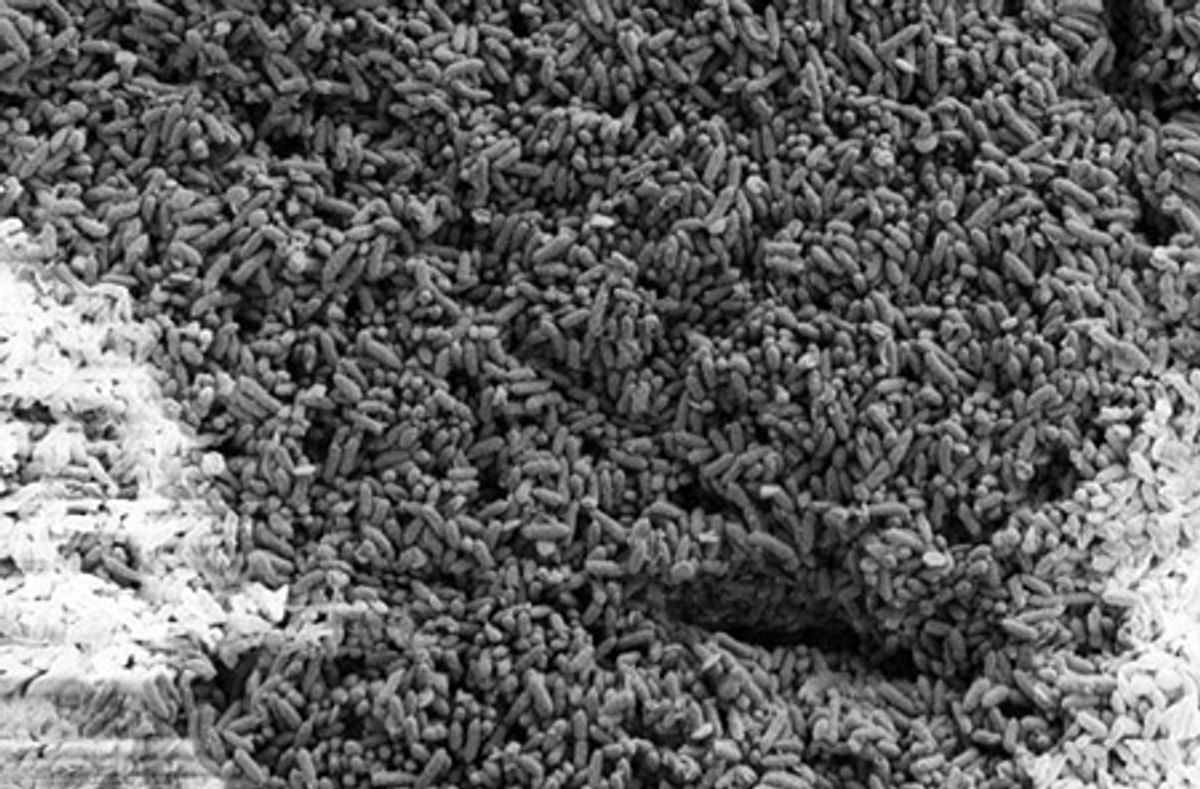The gigantic rover currently on its way to Mars, Curiosity, is powered by a gigantic butt-mounted radioisotope thermoelectric generator. For the next generation of space probes, the Naval Research Laboratory is looking for power sources that are smaller. Much smaller.
Robots on distant planets and moons (think beyond Mars) can't rely on solar panels for power, since the sun just isn't strong enough out there in the boonies of the solar system. Instead, they've been depending on radioisotope thermoelectric generators (RTGs), which are sort of like little nuclear batteries powered by plutonium. They work just fine, and they can last a very long time, since the half life of plutonium 238 is 87 years.
The problem with RTGs is that they tend to be heavy and bulky and not particularly efficient for their size. If you've got a huge 900 kilogram platform like Curiosity that doesn't matter so much, but when we're talking about small mobile planetary rovers RTGs just aren't going to cut it. What may cut it, however, are microbial fuel cells (MFCs), which offer long-term production of little bits of energy in a very efficient package.
MFCs are batteries that are alive. They're full of (you guessed it) microbes, which feed on sugar, a process that produces electrons -- call it a technically sweet fuel cell. The result is a very small amount of electricity, but this electricity is produced very efficiently: Potentially, MFCs can produce energy at above 50 percent efficiency, while RTGs are below 10 percent. While an MFC can't pump out enough juice to drive a rover or anything, they'd be able to keep low power electronics active indefinitely while trickle charging a battery or capacitor, which would be perfect for a small mobile robot that might make occasional jumps to get from place to place. Specifically, the Naval Research Lab is considering implementing an MFC on "a novel tumbling or hopping locomotion system," and they've just been awarded a NASA grant to make it happen.
[ NRL ] via [ Wired UK ]
Evan Ackerman is a senior editor at IEEE Spectrum. Since 2007, he has written over 6,000 articles on robotics and technology. He has a degree in Martian geology and is excellent at playing bagpipes.




